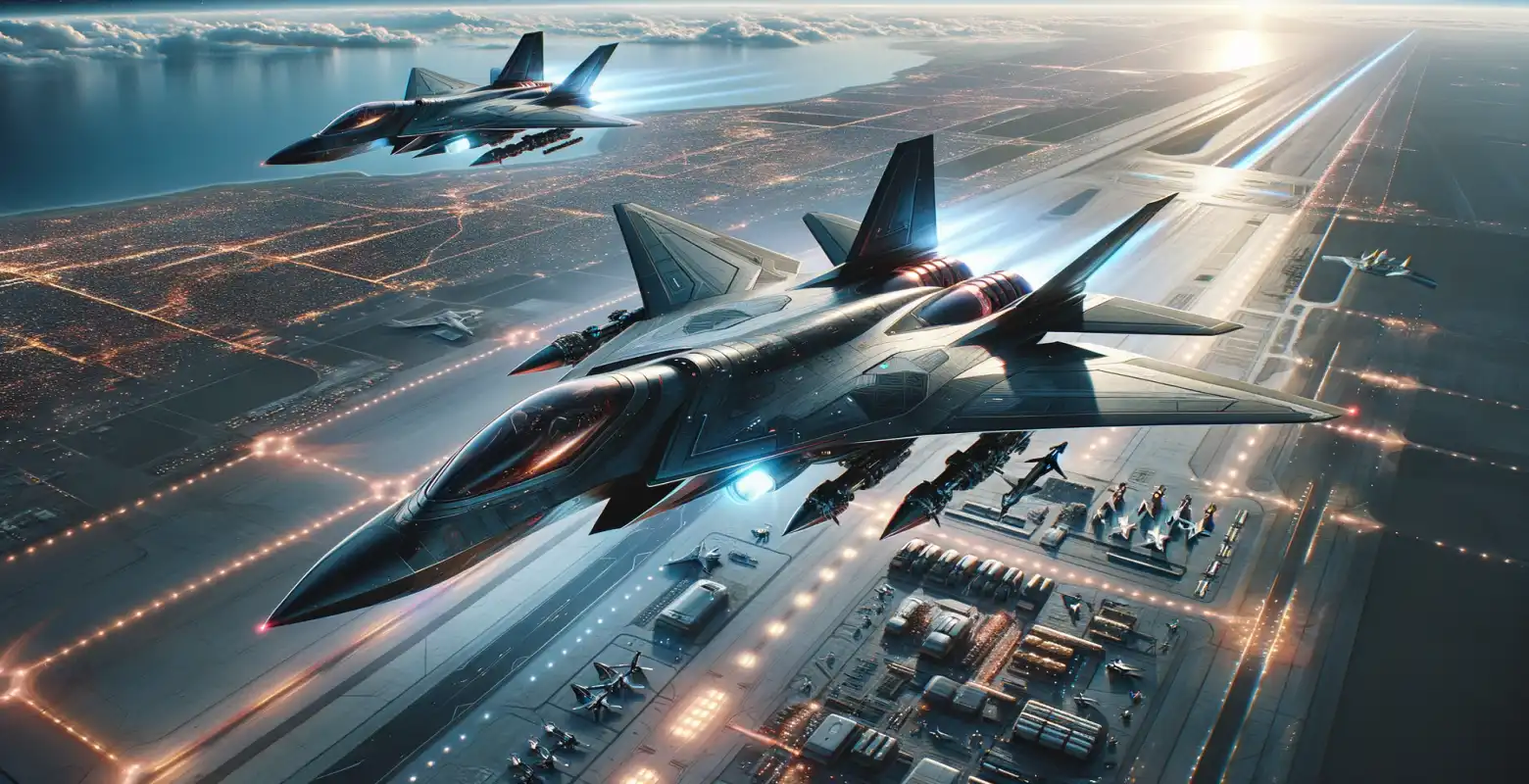The most advanced fighters of the future
Introduction
The future of fighter jets is a topic that fascinates both aviation enthusiasts and defense specialists. In the era of rapid technological progress and growing geopolitical tensions, advanced fighter aircraft play a crucial role in ensuring national and global security. Understanding how modern fighter jets influence military strategies is essential not only for specialists but also for the general public. In this article, we will take a closer look at the most advanced fighter jets that may dominate the skies in the coming decades.
History and Development of Fighter Jets
As a key element of air forces, fighter jets have undergone a significant evolution since World War I. Initially simple biplanes, they evolved into powerful machines capable of supersonic speeds and operating at high altitudes. The real breakthrough came during the Cold War, when technological development accelerated due to an arms race between superpowers.
The introduction of radars, advanced navigation systems, and jet propulsion defined modern fighter jets such as the F-15 Eagle and MiG-29. Currently, in the era of digitization, fighter jets are becoming increasingly technologically advanced, integrating artificial intelligence, stealth technologies, and advanced weapon systems.
Stealth Technologies and Their Significance
One of the most important aspects of modern fighter jets is stealth technology, which allows for reduced detectability by enemy radars. Aircraft such as the F-22 Raptor and F-35 Lightning II utilize special materials and designs that scatter radar waves, making them difficult to detect.
Stealth technology is crucial in operations where the element of surprise plays a decisive role. Its development continuously drives research into new materials and techniques that can further enhance the effectiveness of fighter jets in combat operations.
Artificial Intelligence and Autonomous Systems
Artificial intelligence (AI) is playing an increasingly significant role in the development of fighter jets. AI can support pilots in making real-time decisions by processing vast amounts of data and suggesting optimal actions. These systems can also take control of the aircraft in emergency situations, enhancing operational safety.
The future of military aviation also includes autonomous combat drones that can collaborate with manned fighter jets, performing complex missions without direct human supervision. This integration of manned and unmanned systems represents the future of air operations, offering greater flexibility and adaptability.
Advanced Weapon Systems
Modern fighter jets are equipped with advanced weapon systems that enable precise attacks on ground, maritime, and aerial targets. These systems include guided missiles, precision bombs, and laser weapons that can neutralize incoming threats.
The introduction of hypersonic technologies, which allow projectiles to travel at speeds exceeding five times the speed of sound, is another step in enhancing the combat capabilities of fighter jets. Such weaponry poses new challenges for defensive systems in terms of reaction speed and interception effectiveness.
Challenges and Future Trends
The introduction of advanced fighter jets poses many challenges. The cost of research, development, and production of new aircraft is enormous, often leading to delays and budget overruns. Additionally, rapid technological advancement requires constant modernization of existing aircraft.
Nevertheless, the future of fighter jets is promising. The integration of future technologies, such as quantum navigation systems and advanced composite materials, could revolutionize the way military operations are conducted. The pursuit of full interoperability among different branches of the armed forces and integration with space systems are further directions of development.
Summary
Future fighter jets are not just advanced machines but also a symbol of technological progress and strategic thinking. Their development reflects the changing needs and challenges of the modern world, as well as the potential that technological innovation brings. Understanding these changes is key to ensuring security on the global stage. As technology continues to evolve, future fighter jets will play an increasingly important role in shaping the defense strategies of nations worldwide.






Number of comments: 0